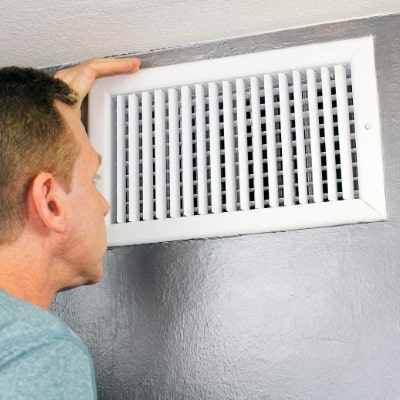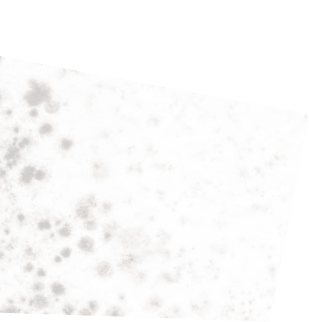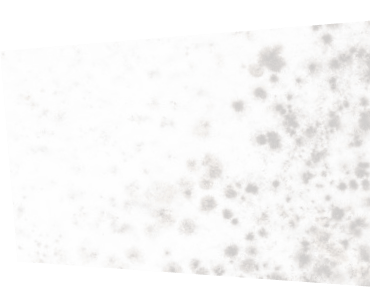Asbestos is a highly hazardous material you don’t want to find in your home. Before its negative health effects were discovered, this material was widely used in construction due to its favourable insulating and fire-resisting qualities. Many Burlington homes were built before the ban in the late ‘80s, so if you live in an older building, getting asbestos testing in your Burlington home is highly recommended.
An air quality test can reveal the presence of this pollutant in the home and its concentration. It is especially advised to test for asbestos if there are signs of damage to certain building materials. As asbestos presents a health threat once its microscopic fibrils are airborne, the risk of exposure is minimal if the materials are undamaged and undisturbed. However, the only way to be 100% sure that your home is safe is to get an air quality test. 
Materials that require testing
Detecting all possible sources of asbestos is not as easy as it seems. Not all gray, fibrous insulation contains asbestos, and frequently seemingly innocent-looking materials are the ones polluting your home. Asbestos was a widely used construction material. Sadly, this means it can be found almost anywhere in the house.
The most common asbestos-containing materials include:
House siding
Roof shingles
Vinyl floor tiles
Ceiling cavities, popcorn ceilings
Textured coatings
Pipe insulation
Pipe cement
Drywall
Joint compounds
All of these areas need to be inspected for damage and tested thoroughly. Remember, the potential presence of microfibrils cannot be detected with the naked eye.
Asbestos Testing Preparation
Before doing anything that involves asbestos, it is necessary to have adequate safety equipment and isolate the suspicious areas properly. Moving and disturbing materials that potentially contain asbestos can release more microfibrils and risk their spread elsewhere. Respiratory protective equipment, overalls impervious to asbestos microfibrils, safety footwear, and gloves must handle this hazardous material.
The testing should be planned according to the position and the state of potential asbestos-containing materials and performed systematically to ensure the most accurate results. The test’s quality depends on the samples’ quality, so it is essential to know where and how to take them.
How to Take an Asbestos Sample?
Taking an asbestos sample involves four steps:
- Spraying water over the suspected area gently to prevent the microfibrils from becoming airborne
- Taking a sample from the dampened area
- Placing the sample in a self-sealing plastic bag and putting it into another bag
- Labeling the sample and sending it to a certified laboratory
The entire process is very risky and requires adequate tools and knowledge to be performed safely. It is always better not to risk too much with asbestos. Considering the nature of this hazardous material, DIY testing often causes more harm than good. Getting professional asbestos testing for your Burlington home is the safest way to go. The certified staff of Inch by Inch is ready to help any day of the week; reach out to our experienced inspectors today to get your asbestos testing.




